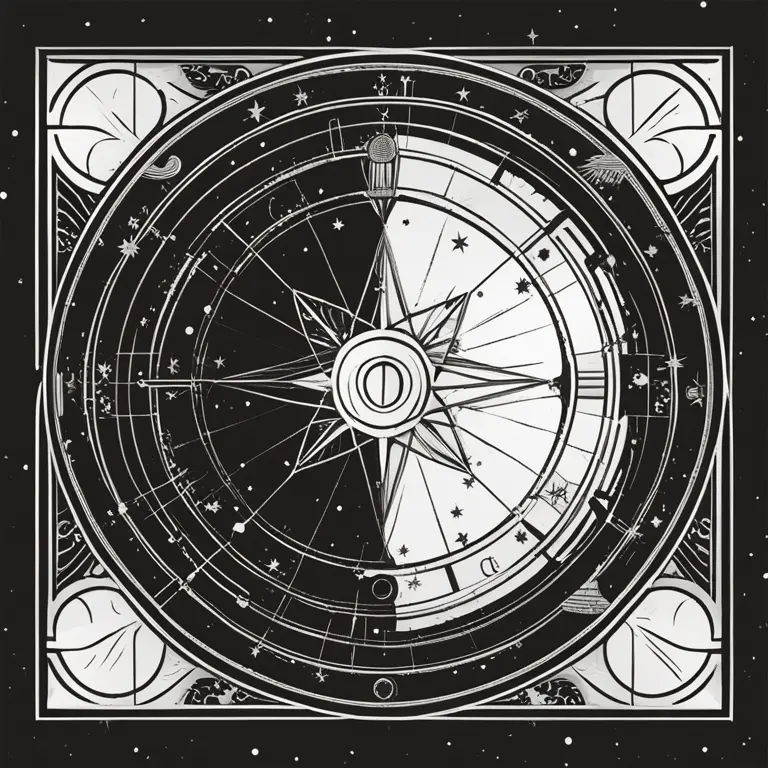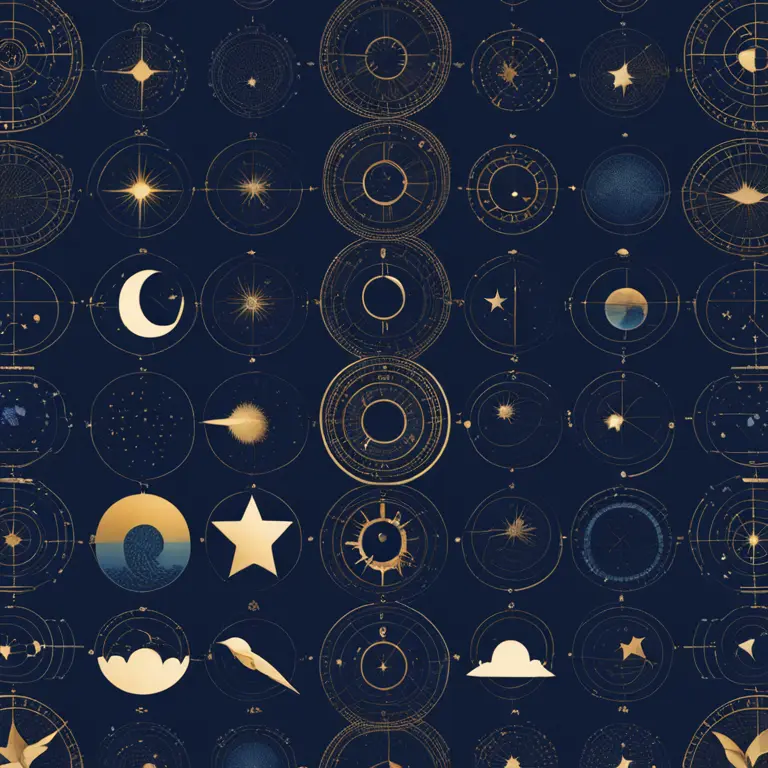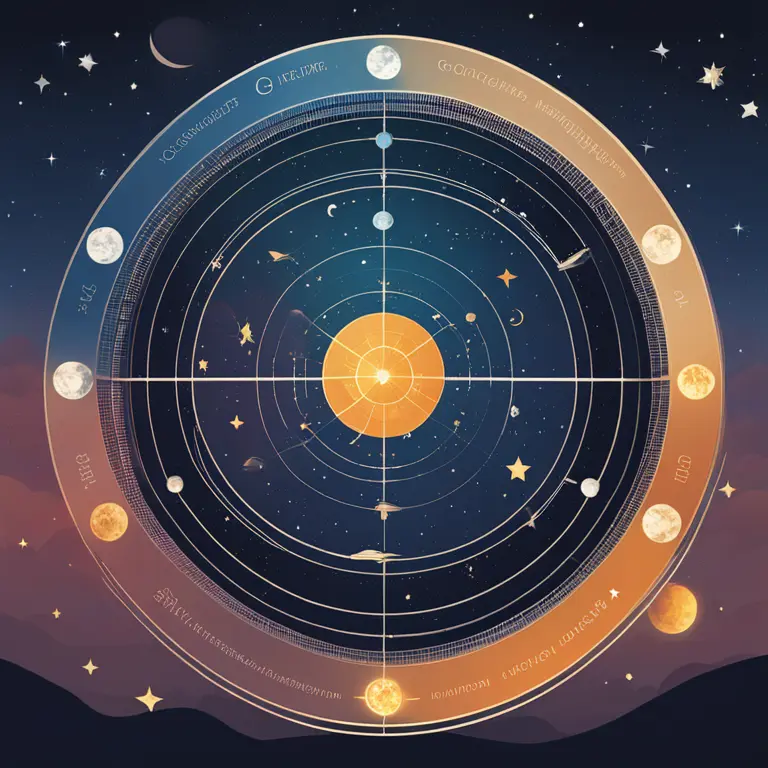
The Zodiac in Astronomy: Celestial Foundations
Delve into the astronomical basis of the zodiac, understanding its celestial segments and their relation to astrology.
article by Priya Deshmukh
The Zodiac's Astronomical Essence
The term 'zodiac' in astronomy refers to a belt in the sky extending about 8 degrees on either side of the ecliptic, which is the apparent path of the Sun across the celestial sphere over the course of a year. This band is segmented into twelve equal parts, each associated with a constellation through which the Sun passes during its yearly journey. These segments form the foundation of the zodiac system, originally rooted in predicting seasonal changes and navigational orientations. The zodiac remains significant in modern astronomy, even as it serves as a springboard for the astrological practices that ascribe personal and spiritual meaning to celestial movements.

The Twelve Zodiac Constellations
Each of the twelve zodiac constellations has a rich history and is associated with specific time periods when the Sun occupies its position within the constellation's bounds. These are Aries, Taurus, Gemini, Cancer, Leo, Virgo, Libra, Scorpio, Sagittarius, Capricorn, Aquarius, and Pisces. However, due to the precession of the equinoxes – a slow wobble of Earth's axis – the astrological signs no longer correspond directly with their namesake constellations. Astronomers calculate positions based on the present state of the sky, a practice which maintains relevance beyond the year 2024 and ensures precision in celestial mapping.

Precession and the Zodiac
Astronomers must account for an astronomical phenomenon known as precession – the slow shift of Earth's rotational axis over a cycle of approximately 26,000 years. This alters the timing of the equinoxes, or the two times of the year when day and night are of equal length. Over centuries, this has led to a discrepancy between astrological signs – which are based on a fixed astrological calendar – and their actual positions in the sky. With each passing year, the zodiac constellations slightly shift, which has implications for astronomical observations and horoscope predictions looking ahead into 2024 and beyond.

The Ecliptic and Its Importance
The ecliptic plays a central role in both astronomy and astrology. It is the path that the Sun appears to trace across the sky, a track that is inclined at about 23.5 degrees relative to the celestial equator. As the basis for the zodiac, the ecliptic not only marks the Sun's yearly course but also serves as a reference for the moon and planets' movements. Consequently, it is instrumental in predicting celestial events such as eclipses, assisting astronomers in understanding the mechanics of our solar system and allowing astrologers to create horoscopes that are theoretically aligned with these planetary movements for years like 2024 and beyond.

Zodiac's Role in Modern Astrology
While the astronomical zodiac is based on objective observations of celestial bodies, in astrology, the zodiac is imbued with symbolic meaning. Astrologers interpret the positions of the Sun, moon, and planets within the zodiac constellations to create personalized horoscopes. These interpretations aim to provide insights into an individual's personality, relationships, and life events. The system remains popular, and astrological forecasts are eagerly sought, especially with the advent of new ages like the Age of Aquarius, bringing with it new interpretations and revelations pertinent to contemporary life from 2024 onward.
Conclusion: Astronomy Meets Astrology
The zodiac is a bridge between the scientific observations of astronomy and the symbolic language of astrology. Its origins rooted in celestial patterns have endured the test of time, extending its influence into the modern-day. As we advance into future years like 2024, the realms of astronomy and astrology continue to inspire and provoke fascination, tapping into our intrinsic quest for understanding the cosmos and its potential influence on our lives, in alignment with the intricacies of the zodiac's celestial dance.
Published: 2/5/2024
Modified: 2/5/2024
More predictions
Come back here soon to learn more about yourself and your future


The Foundations of Horoscope Houses
Learn the functions of each horoscope house and their significance in astrology to gain insights into your life path and personality.


The Astrological Houses: Key to Your Life Map
Discover the fundamental roles of astrology's twelve houses in shaping your destiny and personal journey through life.


The Astrological House System: Core Spheres of Life
Delve into the foundation of astrology through the house system – spheres of influence guiding your path in the cosmic blueprint.